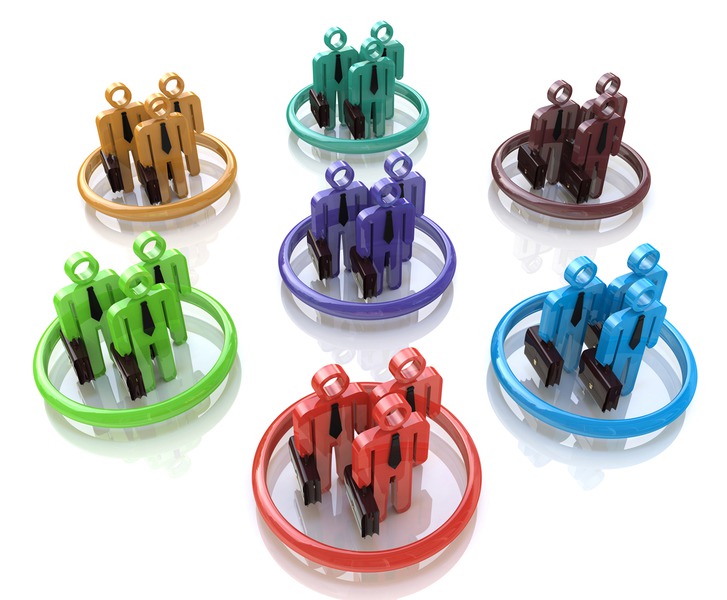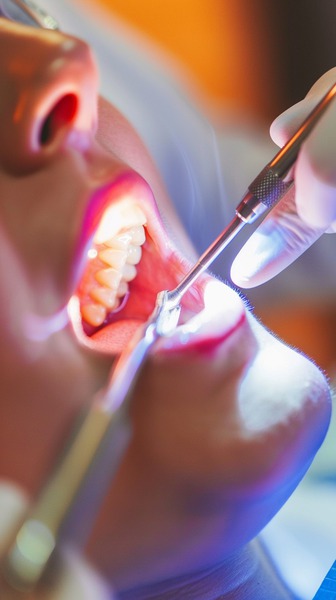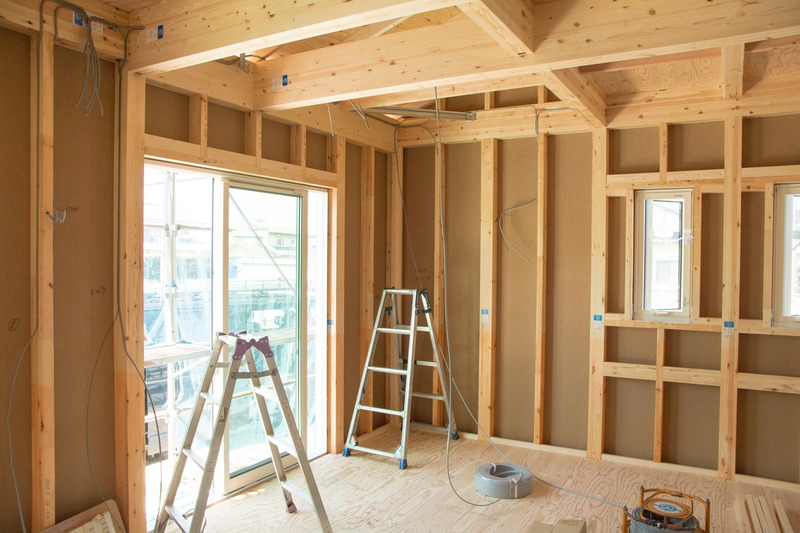The choice of dental implants can vary, and the right type varies greatly from patient to patient. Several factors are to consider, including the location and number of missing teeth, the patient’s health, and their budget. This article will explore the different types of dental implants and provide a clear picture of which type might be right for you.
Understanding Dental Implants
Dental implants are essentially substitutes for tooth roots. They provide a strong base for permanent or removable replacement teeth designed to match your natural ones. A distinguishing characteristic of dental implants is their ability to preserve bone, which is essential for maintaining the volume and structure of your face.
Your dental implant specialist will be instrumental in determining which type of implant is most suitable for you. They will do this based on a thorough evaluation of your dental condition.
Different Types of Dental Implants
There are two types of dental implants: Endosteal and Subperiosteal implants.
1. Endosteal Implants
Endosteal implants are the more common type of dental implant widely used due to their effectiveness and reliability. Here are the key features of endosteal implants:
- Implant Shape: Endosteal implants are typically shaped like screws, cylinders, or blades. This design provides stability and ensures the implant integrates securely with the jawbone.
- Surgical Placement: These implants are surgically placed directly into the jawbone. After the surgical placement, a healing period allows the implant to fuse with the bone in a process known as osseointegration. This integration provides a strong foundation for attaching prosthetic teeth.
- Suitable Candidates: Endosteal implants are suitable for individuals with adequate bone density and volume in their jawbone. Good bone quality is essential for successful implant placement and osseointegration.
- Versatility: They can be used for single-tooth replacement, multiple teeth replacement (supported by bridges), and even for anchoring full dentures in cases where a patient is missing all teeth in an arch.
2. Subperiosteal Implants
Subperiosteal implants are an alternative option for patients with insufficient jawbones to support traditional endosteal implants. Here’s what you need to know about subperiosteal implants:
- Implant Placement: Unlike endosteal implants placed within the jawbone, subperiosteal implants are positioned on the jawbone but beneath the gum tissue. A custom-made metal framework is placed between the bone and gum tissue.
- Bone Augmentation Avoidance: Subperiosteal implants are often recommended for individuals who don’t have enough healthy jawbones for endosteal implants and are not interested in or suitable candidates for bone augmentation procedures.
- Custom Design: The metal framework of subperiosteal implants is designed to match the contours of the jawbone. This personalized fit provides stability and support for prosthetic teeth.
- Multiple Teeth Replacement: Subperiosteal implants are particularly suitable for replacing multiple teeth, including cases where an individual is missing an entire arch of teeth.
Factors Influencing Dental Implant Choice
When deciding between endosteal and subperiosteal dental implants, a thorough consideration of several critical factors becomes paramount. These factors collectively shape the choice, ensuring the implant type aligns precisely with the patient’s unique circumstances and desired treatment outcomes.
- Bone Quality and Volume: The patient’s jawbone’s state is paramount in determining the appropriate implant type. Endosteal implants are ideally suited for individuals with sufficient bone density and volume in the jaw to accommodate the implant’s integration. On the other hand, subperiosteal implants are particularly advantageous when the patient’s jawbone lacks the necessary density or volume for traditional endosteal implants. Understanding the bone’s capacity to support an implant is crucial for long-term success.
- Patient’s Specific Requirements: Each patient’s oral health requirements are unique, encompassing factors such as the number of missing teeth, the location of the missing teeth, and overall oral health conditions. The extent and nature of tooth loss play a role in determining whether endosteal or subperiosteal implants are the better fit. Subperiosteal implants might offer a more viable solution for individuals missing multiple adjacent teeth, while single missing teeth might be best addressed with endosteal implants.
- Aesthetics and Functional Goals: The desired aesthetic and functional outcomes influence the implant decision. Patients who strongly emphasize maintaining a natural appearance lean towards endosteal implants, as they closely replicate the look and feel of natural teeth. Conversely, subperiosteal implants can provide a functional and comfortable solution for patients concerned about stability and chewing efficiency.
- Patient Preferences: Understanding and respecting the patient’s preferences is crucial. Some patients might prioritize the minimally invasive nature of endosteal implants, while others might prefer subperiosteal implants to avoid bone augmentation procedures. Patient comfort and alignment with their treatment goals contribute significantly to a successful implant experience.
- Future Considerations: Long-term implications should also be considered. Patients should discuss their future dental health plans with their dentist. This might involve understanding how bone loss could impact the selected implant type and oral health over time.
While your dentist plays a significant role in the dental implant process, a periodontist is another important professional. A board-certified periodontist is a dentist who specializes in treating gum diseases and installing dental implants. Naturally, their skill and precision will affect the long-term success of your dental implant.
More on Dental Implants
Single Tooth Replacement Implant
A single-tooth replacement implant is often the best route when only one tooth is missing. It is a procedure that replaces both the lost natural tooth and its root. It is a fairly common procedure conducted by dental offices like Bergens Periodontics & Implant Dentistry.
The benefits include preserving the bone and preventing the shifting and tilting of the teeth adjacent to the missing tooth. Additionally, a single implant does not negatively impact the healthy teeth surrounding it, which is not the case with other replacement procedures such as bridges.
Multiple Teeth Implants
If more than one tooth is missing consecutively, a multiple-tooth implant, also known as an implant-supported bridge, is often recommended. Several types of implant-supported bridges are available, depending on the number and location of the missing teeth.
Full Mouth Dental Implants
Full mouth implants often involve replacing all of the teeth in the mouth. Typically, 4-8 implants are required per arch (upper or lower). Full-mouth dental implants provide superior strength and permanence and mimic the look and feel of natural teeth.
Conclusion
Deciding on the right type of dental implant is a process that requires careful consideration and professional consultation. Choosing a dental implant that suits your dental needs, aesthetics, and budget is crucial. A knowledgeable dental implant specialist or a board-certified periodontist can provide valuable insights and recommendations based on your unique situation. The result? A beautiful, functional smile mimics natural teeth’ look and feel.








































































































































0